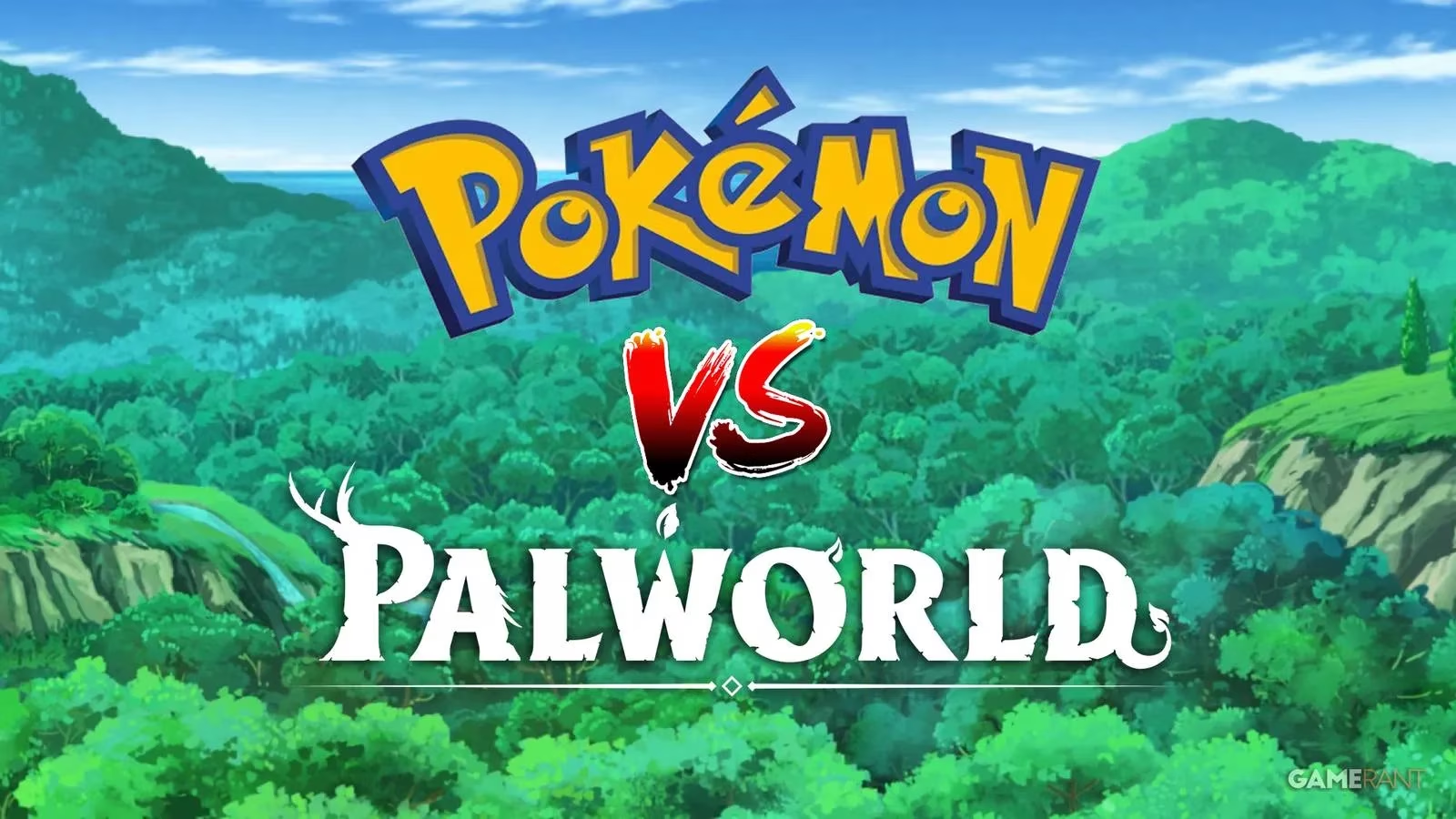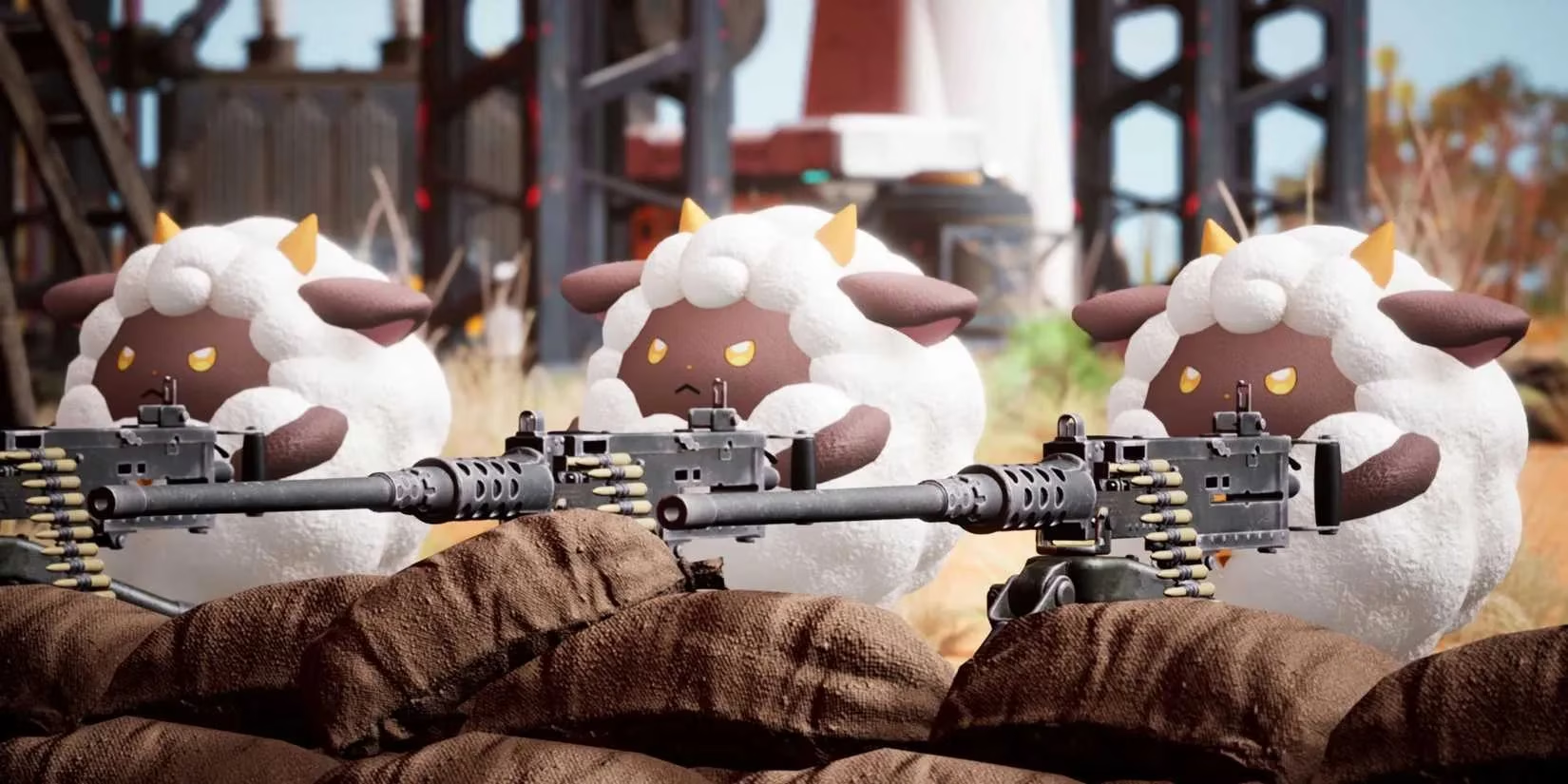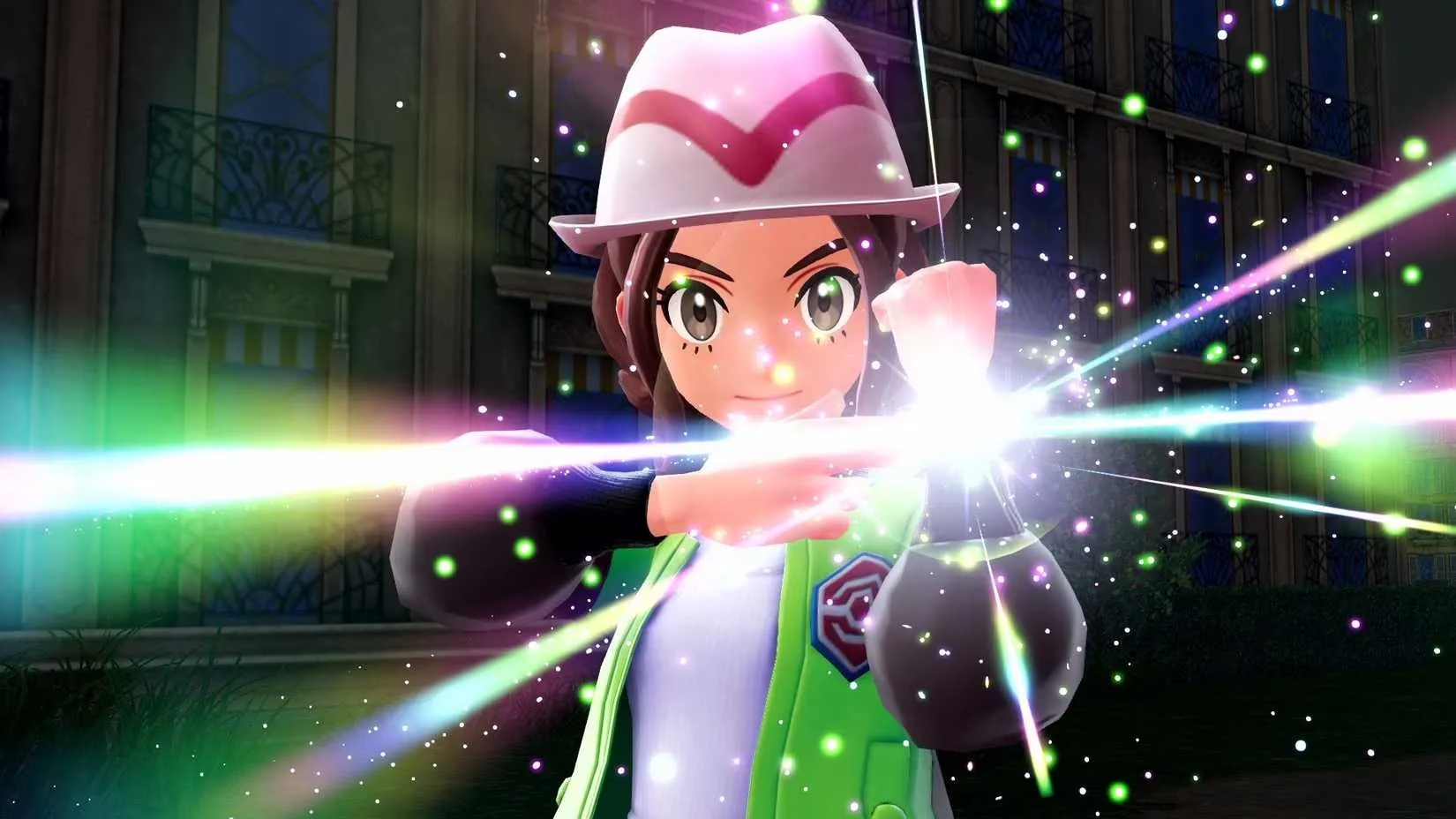The gaming landscape trembled in mid-2025 when Nintendo dropped a legal bombshell: a newly granted U.S. patent (#12,403,397) specifically protecting Pokémon's core gameplay loop. This move, seen as direct fire against the viral hit Palworld, essentially weaponizes the "summon creatures to battle" mechanic that's defined Pokémon for decades. While framed as intellectual property protection, critics argue Nintendo is making a mountain out of a molehill, risking collateral damage across the entire indie ecosystem. With Palworld's explosive success—15 million copies sold in its first month—the clash pits gaming's Goliath against a scrappy David, raising alarms about creativity suppression in an industry built on iterative innovation.

🔍 Decoding Nintendo's Patent Power Play
At its core, the patent locks down six specific steps Nintendo now 'owns' in the U.S.:
-
Game storage on hardware
-
Player character movement in virtual space
-
Summoning "sub-characters" (creatures)
-
Auto-battle if enemies are present during summon
-
Autonomous movement when no enemies exist
-
Automatic combat upon encountering enemies
This granular approach essentially patents Pokémon's DNA. As one dev put it, "They've built a legal fence around gameplay that's been genre-standard for years." The timing screams Palworld, which Nintendo sued despite stark differences:
| Aspect | Pokémon | Palworld |
|---|---|---|
| Genre | Turn-based RPG | Survival/crafting |
| Studio Size | AAA (Nintendo) | Indie (Pocketpair) |
| Total Sales | 489M+ units | 15M+ (first month) |
| Revenue | $113B+ franchise | ~$500M profit |

💥 Why Palworld Triggered Nintendo's Fury
Let's cut to the chase—Palworld wore its Pokémon inspiration on its sleeve. Early assets featured Pokéball-like "Pal Spheres" and creature designs that made fans do double-takes. But here's the kicker: Nintendo's lawsuit hinges on patent infringement, not copyright. That's a whole new ballgame. Copyright protects specific assets (like Pikachu's design); patents control mechanics. By patenting gameplay, Nintendo can sue any studio using similar systems without paying licensing fees—a nightmare for cash-strapped indies.
Palworld's meteoric rise didn't help. Raking in half a billion dollars while cheekily branding itself "Pokémon with guns" was like waving a red flag at a bull. Yet objectively, comparing these titans is apples and oranges. Pokémon stands as history's top-grossing media franchise ($113B+), while Palworld—despite its killer launch—remains an action-survival spinoff. As industry analyst Liam Chen noted, "Nintendo's nuking a mosquito with a tsunami."

⚖️ The Domino Effect on Game Development
Nintendo's patent is less about AAA giants (who can afford licenses) and more about scaring off indie studios. Imagine trying to build a creature-collecting game without touching those six patented steps—it's like cooking without fire. The result? A chilling effect where devs abandon entire genres rather than risk lawsuits. Recent examples:
-
Three indie projects shelved creature-summoning mechanics in Q3 2025
-
Venture capital for monster-taming games dropped 40% post-patent
-
Studios now adding disclaimers: "No automated creature battles"
It's a classic David vs. Goliath scenario, but this time Goliath brought IP lawyers. For small studios, licensing fees would be prohibitively expensive—potentially forcing them to shutter. As one developer lamented on Twitter, "RIP to the next 'Monster Rancher.' Big N just monopolized make-believe."
❓ People Also Ask
Q: Could Nintendo sue games like Digimon or Temtem using this patent?
A: Technically yes—if they use all six patented mechanics without permission. But established franchises likely have legal safeguards or existing agreements.
Q: Does this patent expire?
A: U.S. patents last 20 years from filing. Nintendo could monopolize these mechanics until ~2045 unless challenged in court.
Q: Why didn't Nintendo patent this earlier?
A: Game mechanics were historically considered "systems" not patentable. Recent court shifts now allow them, creating this Wild West scenario.
Q: Could Palworld win its lawsuit?
A: Possibly. Courts often reject overly broad patents, and Palworld's survival elements differentiate it. But litigation costs alone could bankrupt Pocketpair.

🔮 A Dangerous Precedent for Gaming's Future
This patent saga isn't just about Palworld—it's a watershed moment. If unchallenged, it could spawn copycat patents from other giants, fracturing game design into minefields of licensed mechanics. Fans already voice backlash: Pokémon Scarlet/Violet DLC sales dipped 15% post-announcement, suggesting player resentment over corporate overreach. Nintendo walks a tightrope; protecting IP is legit, but stifling innovation risks killing the golden goose. As 2025 closes, the gaming world watches nervously. Will creativity survive in the shadow of legal landmines? Only time will tell if Nintendo's nuclear option ends up being a shot in its own foot.